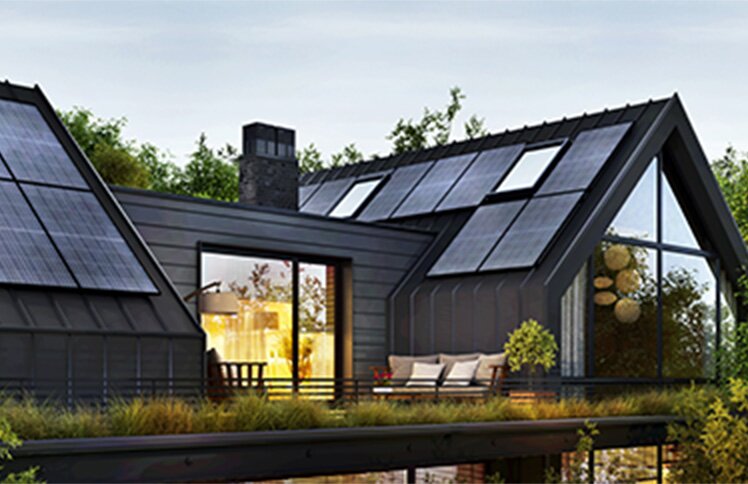Storm-Proof Roofing: Stronger Protection for Modern Homes

The roof serves as your home's first and most critical line of defense against the elements. Storm-proof roofing is a process that helps boost this protection, focusing on durable materials and installation to withstand severe weather.
According to our Housepower Report, unexpected maintenance issues like roof damage caught 83% of homeowners off guard in 2024. Learn more about storm-proof roofing to protect your home with tips, challenges, and benefits below.
The real cost of not having a storm-proof roof
Roofing materials for more storm-resistant homes
WEATHER CONDITIONS | ROOF TYPE1 |
|---|---|
High winds/hurricanes | Metal roofing, slate roofing, and asphalt shingles |
Heavy rain | Metal roofing, asphalt shingles, and synthetic roofing |
Hailstorms | Metal roofing, impact-resistant shingles, and synthetic roofing |
Extreme heat | Clay tiles, slate roofing, and reflective metal roofing |
Snow and ice | Metal roofing, asphalt roofing, and slate roofing |
Wildfires | Metal roofing, clay tiles, and Class A fire-rated shingles |
Roof shapes and slopes for extreme weather protection
TYPE OF ROOF SLOPE2 | ROOF PITCH (RISE/SPAN) RANGE | WHERE IT’S FOUND |
|---|---|---|
Flat roof | 0/12 – 2/12 | Commercial buildings and modern residential designs |
Low-slope roof | 2/12 – 4/12 | Ranch homes, industrial and (some) commercial buildings |
Moderate-slope roof | 4/12 – 9/12 | The most common roof type for residential homes |
Steep-slope roof | 9/12+ | Areas with heavy rain or snowfall |
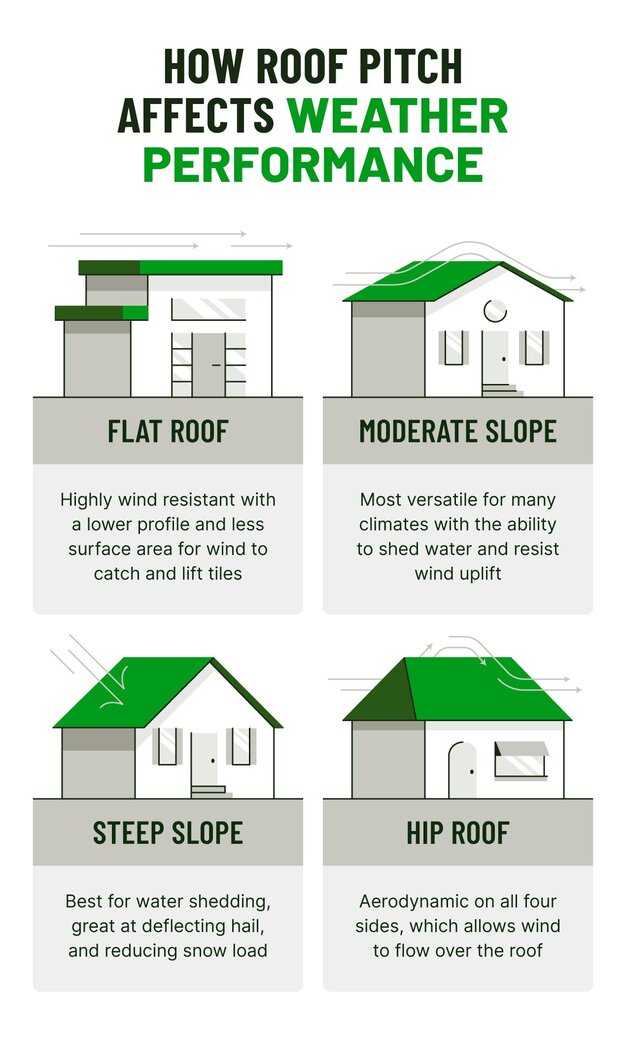
Key factors to consider for weather-proof storm roofing
- Material selection: Materials that can withstand the most extreme weather your region experiences will contribute to the longevity and resilience of your roof.
- Proper installation: For optimal performance and compliance, a roofer should follow manufacturer specifications and local building codes, using appropriate fastening techniques and underlayment. For example, in hurricane-prone areas, ties or straps should be installed on every rafter or truss within eight feet of the edges, according to NAHB.
- Roof design and pitch: Consider how your roof's shape and slope will interact with extreme weather conditions in your area.
- Ventilation: Adequate attic ventilation plays a crucial role in regulating temperature and moisture, which helps prevent premature material degradation.
- Routine maintenance: A regular schedule of inspections, gutter cleaning, and addressing minor repairs can significantly prolong your roof's lifespan and help you identify signs to fix your roof early.
- Professional inspections: Scheduling annual or bi-annual professional roof inspections can help identify hidden damage, particularly after severe weather events.
- Informing insurance: A more resilient roof often leads to lower risk, which can result in reduced insurance premiums. Consider informing your homeowners' insurance provider about any roof upgrades and documenting the details of your new roof to explore potential discounts.
Benefits and challenges of adding a storm-proof roof
Benefits of storm-proof roofing
- Enhanced home protection: Defend against high winds, hail, snow, heavy rain, and debris while preserving your home's structural integrity. Modern roofs prevented significant damage to homes during Hurricane Ian, according to a 2023 FEMA study.
- Reduced repair costs: Minimizes the likelihood of needing expensive repairs or emergency interventions after severe weather.
- Increased home value: A durable roof is a significant selling point, adding long-term value and curb appeal to your property.
- Lower insurance premiums: Many insurance providers offer discounts for homes with robust, storm-resistant roofing, leading to ongoing savings.
- Greater peace of mind: Knowing your home is better protected provides a sense of security and reduces anxiety during severe weather events.
- Extended roof lifespan: High-quality, storm-resistant materials and proper installation contribute to a longer-lasting roof, delaying the need for full replacement.
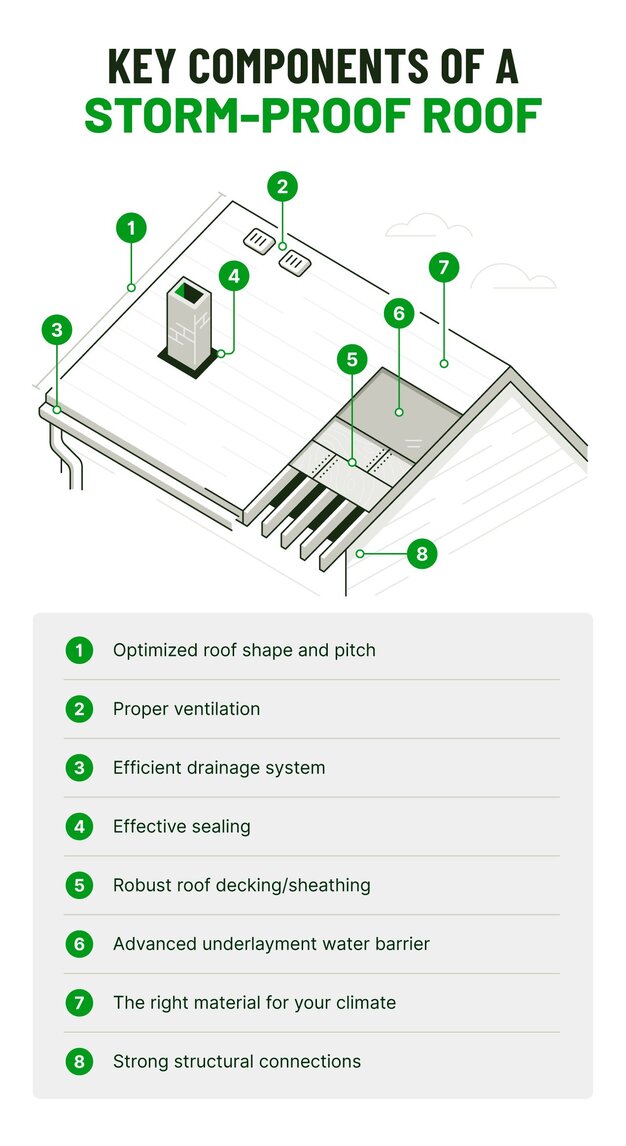
Challenges homeowners face with storm-proof roofing
- Higher upfront cost: While storm-rated materials and specialized installation can be more expensive than conventional roofing, this cost can be a worthwhile investment for homeowners looking for the long-term viability and durability of their home, potentially saving in future repair costs after severe weather.
- Complexity of selection: Navigating roof material options, ratings, and certifications can be overwhelming. Taking the time to research and consult with experts can help homeowners find the best solution tailored to their home's specific needs and local climate.
- Finding qualified contractors: Not all roofing contractors specialize in storm-proof installations, requiring careful vetting to ensure proper workmanship. That said, finding and hiring more experienced professionals can help lead to a more reliable installation.
- Potential for longer installation time: Specialized materials and techniques may require more installation time than standard roofing projects. Preparing for this longer installation timeline upfront could help ensure roofers have the time to apply the techniques necessary to build a stronger, longer-lasting roof.
- Aesthetic vs. durability trade-offs: In some cases, homeowners might need to compromise on certain aesthetic preferences to achieve the highest level of storm resilience. However, many manufacturers are continually innovating to offer a wider range of durable, storm-resistant materials that also boast appealing aesthetics.
- Permitting and building codes: More stringent requirements for storm-proof roofing might necessitate additional permits or adherence to stricter local building codes. While this is an extra step in the building process, adhering to these codes can help lead to a home with higher safety and durability standards. Additionally, Construction Today reported that with every $1 invested toward resilient building codes, $11 is returned in disaster recovery costs, highlighting the long-term value of these considerations.
Protect your roof with solutions from Hippo Insurance Services
Download the homeowner’s checklist for storm-proof roofing
Sources
- Information from Owens Corning, McElroy Metal, and ProBuilder.
- Information from The Roof Doctors.
- All quotes sourced from Featured.com.


Related Articles

Critical Home Maintenance Upgrades: 5 Best ROI Home Improvements in 2024
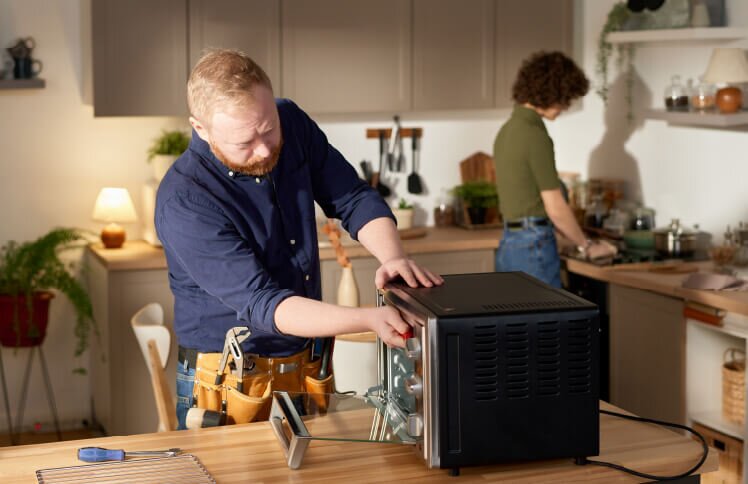
Home Appliance Maintenance Tips To Help You Avoid Summer Meltdowns

When Is the Best Time To Buy a House? Expert Tips for Homebuyers
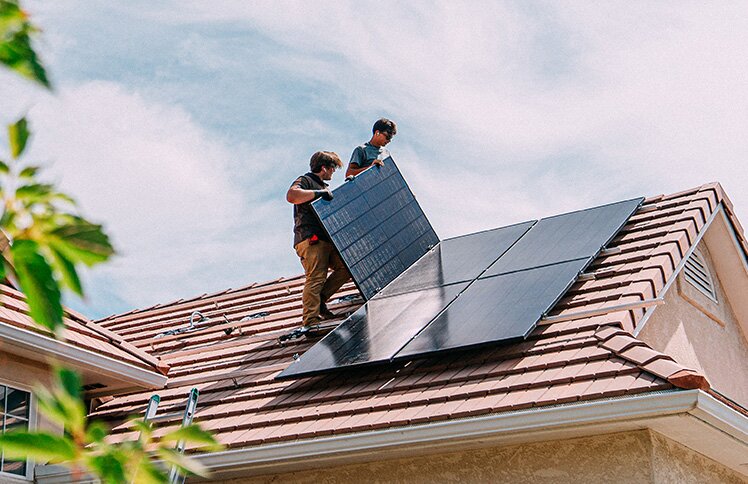
Hippo Resilience Report: Best States for Climate Change
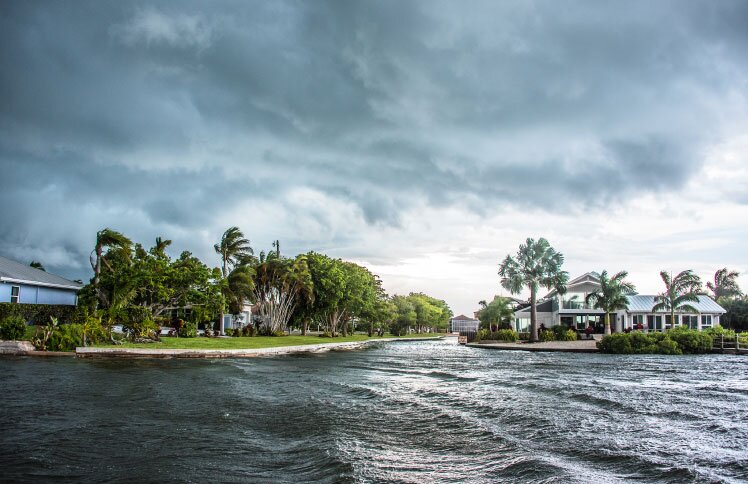
Homeowners vs. Extreme Weather: Year-Over-Year Trends [2025]
